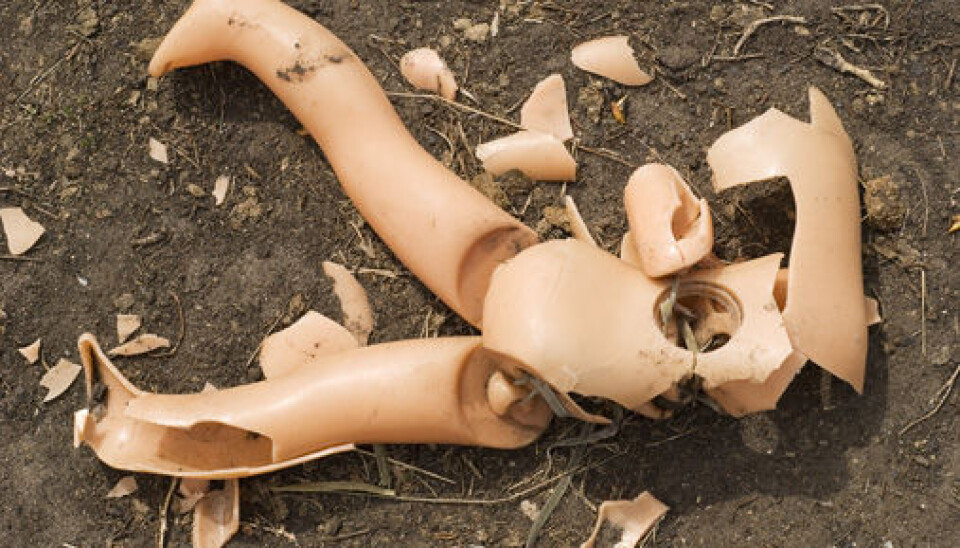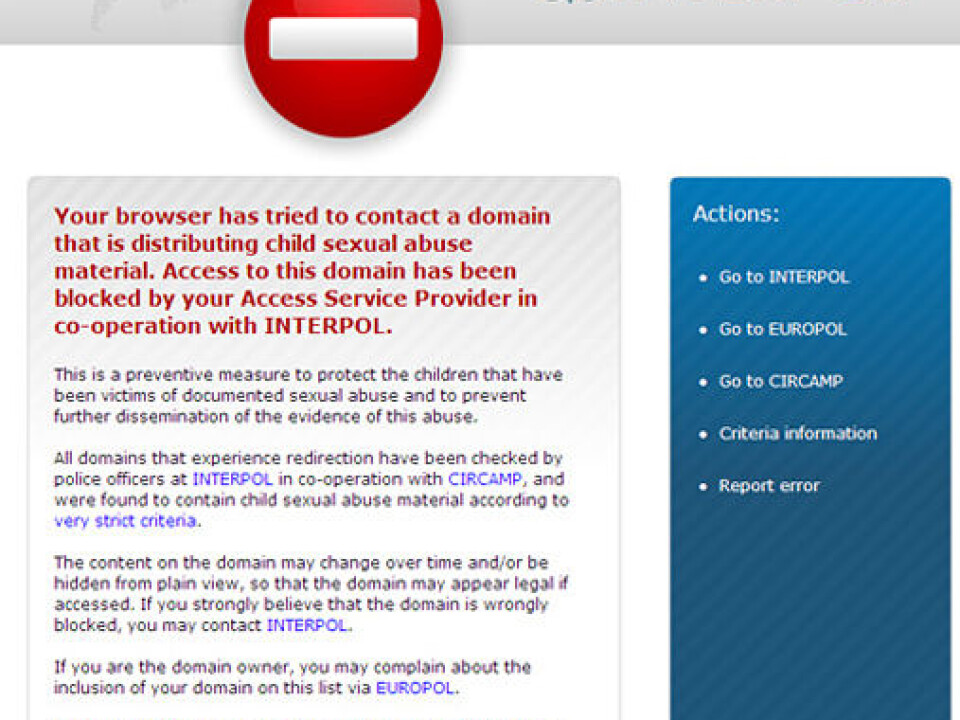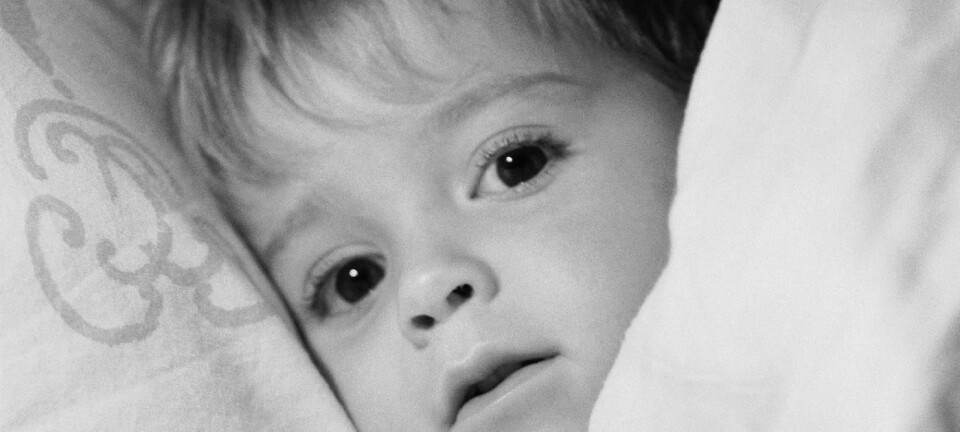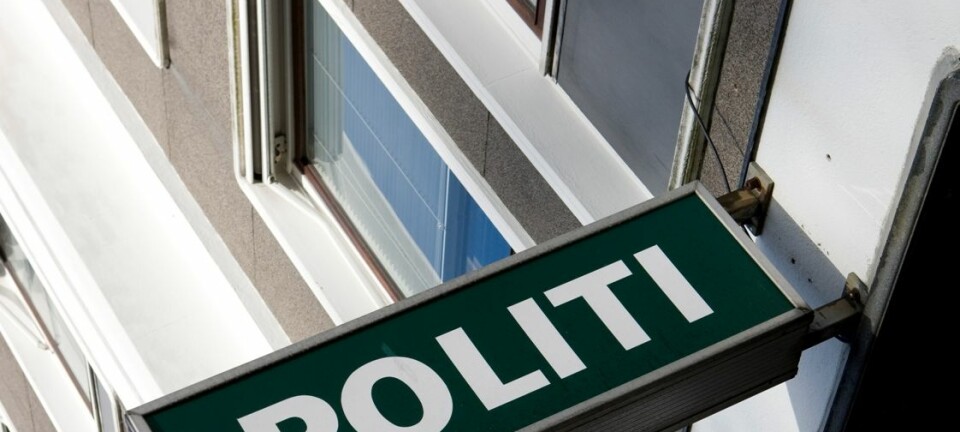An article from University of Oslo

Insufficient measures against child pornography
International police actions against child pornography on the internet have not had the desired effect.
Denne artikkelen er over ti år gammel og kan inneholde utdatert informasjon.
The internet has given us access to global information, and a wealth of opportunities to spread and share it. The internet has also made it easier to disseminate and download material which shows sexual assault of minors.
In 2004, KRIPOS, a national police unit which works with organized and serious crime in Norway, entered into collaboration with the largest telecommunications company, Telenor. This collaboration resulted in the Child Sexual Abuse Anti Distribution Filter (CSAADF).
The filter introduced a block page, which appears to anyone trying to search for child pornography.
The page shows details of why the user has been stopped, how he/she can complain if they feel the block is unjustified and it refers to section 204a of the Criminal Code which regulates this area.
Brutal images

The aim of the filter is to reduce the amount of available offensive material distributed on the internet, privately and commercially.
By trying to remove the commercial basis for production of child pornography, the hope is that child abuse can be reduced.
Former head of Kripos, Arne Huse has described the brutality of child pornography as follows:
"The scenes we encounter daily are strong stuff: brutal rape of children right down to infants. The images show children's faces distorted by pain, fear and panic, whilst the abuser's face is often slurred," she says.
"Neither is it unusual to see a child's hands tied behind their backs by straps and chains, and children tied to walls and ceilings whilst they are abused."
Hereto, but no further
A resolution passed at Interpol's annual general meeting in 2009 resolved to fight child pornography on the internet with all available means. Blocking was stated as one of those means.
Given that the internet is a global forum, Interpol has been given the responsibility of compiling a list of web addresses - domains - with offensive content which sexualise children.
In her thesis entitled "STOP! Hereto but no further. A study of Interpol's resolution on blocking sites which sexualise children", Tina Michelsen interviewed employees of Crimes against Children - the Interpol group based in Lyon, and Kripos.
She takes a closer look at to what degree Interpol's resolution helps combat child pornography.
Collaboration is not good enough
Her findings reveal that the coordinated police action against child pornography has not worked very efficiently.
"One of the main problems with the international police action is national discrepancies. Interpol has 190 member countries all over the world with different police systems, culture and organisation," says Michelsen.
She explains that because the work of stopping the spread of sites featuring sexual abuse of children is proactive and preventive, it is regarded as 'less attractive police work' by a number of police organisations, who are more used to working reactively against crime.
"This means that police work is seen as consisting of working the streets, car chases and arrests."
Thousands of blockings every day
The Kripos blocking page is shown between 15,000 and 16,000 times every day in Norway. But Michelsen stresses that this is no real indication of how well such pages work.
"It's not just people with a sexual interest in children looking for the sites which provoke the stop page - there are others who may have a virus on their PC, or have been searching for something else and come across such a site," she says.
"Measuring the effectiveness of crime prevention is particularly difficult on the internet, because the volume of sites which sexualise children is unknown. Neither is there any real point in only evaluating the effect on crime before and after introduction of the blocking filter, because there are no alternative scenarios."
It's therefore difficult to draw any conclusions on effectiveness in Norway, but one of Michelsen's informants thought that Norway had a high level of control over the open internet.
"Interpol distributes blocking lists to all its 190 member countries, but does not require any feedback on whether they actually block, who implements it and in what way."
Different practices at Interpol and Kripos
"Interpol and Kripos use different criteria to define sites which sexualise children on the internet," says Michelsen.
Interpol uses a clear set of criteria for what defines the sexual presentation of children. These guidelines are intended to help all the member countries reach a common understanding.
For example: the child must be or appear to be less than 13 years old, the material must show sexual abuse or focus on the genitalia or anal area.
The material must also contain 'real' children - they cannot be animations, cartoons or the like.
Kripos on the other hand, uses section 204a of the Criminal Code which allows more use of estimation.
Michelsen believes that the Kripos model is preferable to Interpol's guidelines.
"Because Kripos uses estimation, it encompasses more of the sexual abuse of children sites found on the internet."
She believes that the use of estimates is appropriate, because the limits for what is the 'sexual presentation of children' can be interpreted differently, historically and culturally.
"Child pornography" - a revealing term
The circumspect term 'sexualised presentation of children' is used instead of 'child porno' or 'child pornography' by the police.
"This is because the police believe that such terms help veil and disarm the nature of the material," says Michelsen.
"For example, former head of Kripos Arne Huse has written on the subject of why the use of the term 'child porno' is wrong. Both Interpol and Kripos maintain that 'child porno' is the perpetrator's term, and gives the wrong associations."
Pornography is widely regarded as a leisure activity. According to one of Michelsen informants, calling the sexual abuse of children 'child porno' is akin to calling genocide 'ethnic cleansing'.
Read the Norwegian version of this article at forskning.no
































